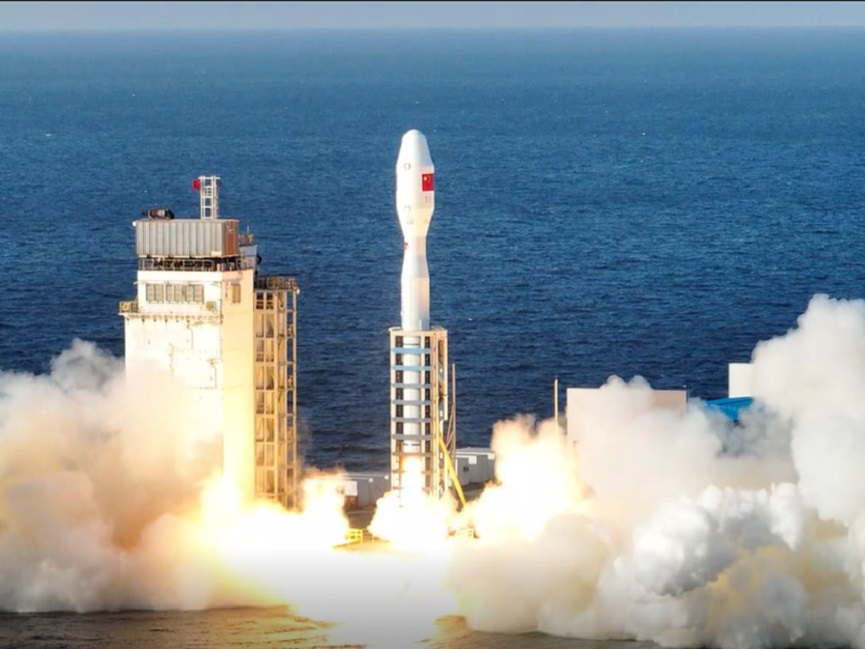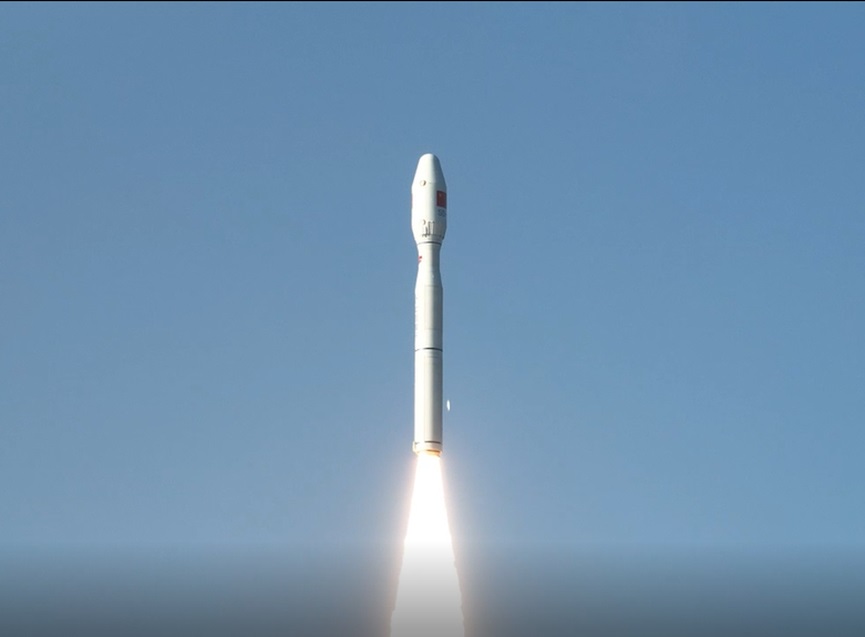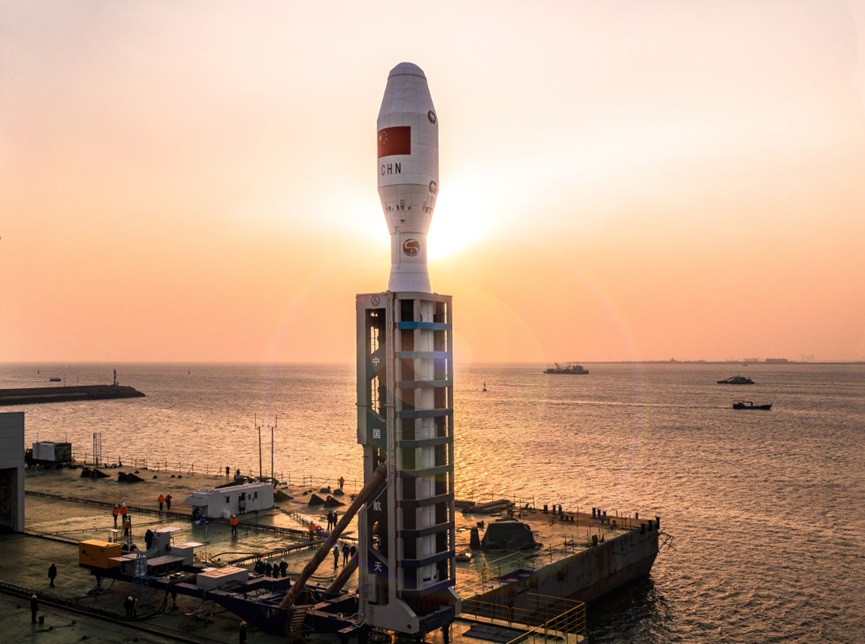English
At 14:35 on December 9, 2022, China's Taiyuan Satellite Launch Center used the Dragon-3 Yaoyi carrier rocket to successfully place the Meishan"Tianfu Constellation" Dongpo 08~10 satellites, the "Daoda Constellation" Tianluo and Tianxinxing, JL1 GF03D47 satellite, JL1 GF03D50 satellite, JL1 PT01A01 (8 satellites in total). The satellites successfully entered the predetermined orbit, and the launch mission was a complete success.

Meishan "Tianfu Constellation" Dongpo 08~10 satellites (JL1 GF03D44~46 satellites), "Daoda Constellation" Tianluo and Tianxin satellites (JL1 GF03D48~49 stars) are light and small high-resolution optical remote sensing satellite jointly developed by Chang Guang Satellite Technology Co., Ltd., Meishan Huantian Wisdom Technology Co., Ltd. and Beijing Daoda Tianji Technology Co., Ltd. respectively. The JL1 GF03 series satellites are important achievements of Chang Guang Satellite Technology Co., Ltd. in practicing the concept of mass production. They can provide users with image products with a resolution better than 0.75m and a width greater than 17km, with low cost, low power consumption, low weight, high index characteristics.
Among them, Meishan "Tianfu Constellation" is China's first satellite constellation with the theme of smart cities. It will be widely used in agriculture, forestry, water conservancy, natural resources, transportation construction, cultural tourism, emergency disaster prevention, etc., providing strong support for China's smart city construction and guarantee; "Daoda Constellation" is composed of 6 new-generation low-orbit high-resolution remote sensing satellites. At present, the network construction has been successfully completed, which can provide remote sensing information and product services for finance, civil aviation, transportation, natural resources, emergency management and other fields.

The JL1 PT01A01 satellite is a flexible satellite platform independently developed by CGSTL, carrying loads such as the Aurora 1000 intelligent computer developed by the Computing Institute of the Chinese Academy of Sciences. The satellite can perform flexible stand-alone conversion according to the integration requirements of different loads, and has the characteristics of high integration, strong carrying capacity, light weight and low cost. The JL1 PT01A satellite is positioned on a 20kg-class multi-functional operational satellite platform, which supports long-term three-axis ground-to-ground work for loads, and can be adapted to various loads such as remote sensing, communication, and navigation, with the advantages of multi-function, reliability and rapid development of operational satellites.

After the 8 JL1 satellites launched this time are put into orbit, they form a network with 75 JL1 satellites in orbit. So far, the number of JL1 satellites in orbit has increased to 83, 28-30 revisits per day can be achieved anywhere in the world. The ground object resolution, shooting coverage and quick response capabilities of the JL1 constellation have been further improved, which can provide government and industry users with more abundant remote sensing images and data products, promoting remote sensing services to the mass market.
This mission is the 23rd launch of the JL1 satellite project.